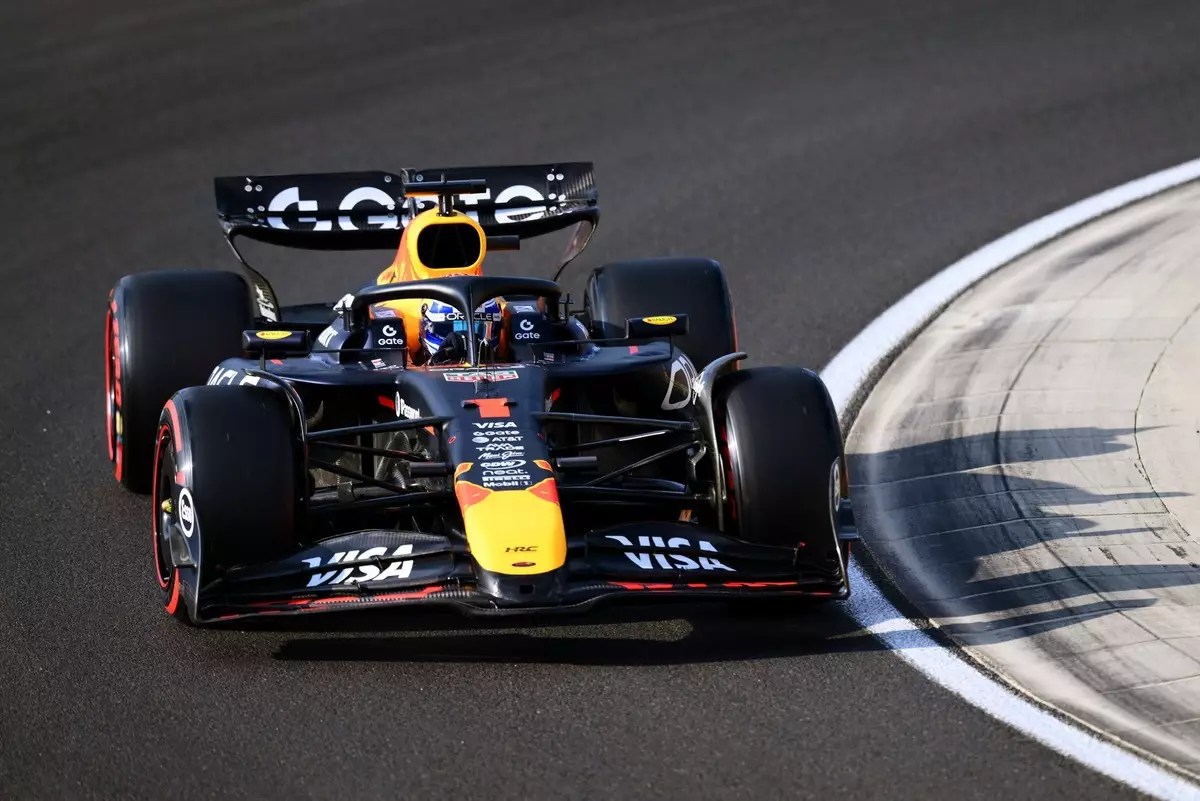Max Verstappen’s recent performance at the Hungarian Grand Prix’s initial Friday sessions exposed serious vulnerabilities in his reigning champion status. Finishing the day far from the front-runners, with a disappointing 14th place in FP2, Verstappen’s words echoed frustration and concern. His candid acknowledgment that “nothing really works” on his Red Bull car highlights a rare moment of vulnerability for a driver usually known for his dominance. This sentiment isn’t just a fleeting complaint but a reflection of deeper issues plaguing the RB21, which seems to have lost its usual edge on a track where its competitors are quickly reclaiming ground. Such a stark departure from Verstappen’s typical confidence forces a reassessment of Red Bull’s current technical state.
The phrase “driving on ice” captures the instability and lack of grip that plagued Verstappen’s car all session long. It speaks volumes about the fundamental challenge Red Bull is confronting: how to restore the car’s handling and balance in the face of perplexing setbacks. This is particularly alarming considering Verstappen’s reputation as a driver who can extract maximum performance even from suboptimal setups. The fact that he was so visibly unable to make the car work underscores a scenario where the team’s usual troubleshooting approach may not suffice—an indication that more profound aerodynamic or mechanical issues are at play.
Strategic and Technical Troubleshooting Underway
Following the difficult session, Verstappen retreated into a thorough debrief with his engineers, team boss Laurent Mekies, and Yuki Tsunoda. This isn’t just routine; it signals the team’s recognition that this problem may not be quickly rectified, and that their race weekend could be fundamentally compromised if they can’t pinpoint the root cause. Red Bull’s track record of rapid problem-solving, shifting setups overnight based on in-depth analysis, provides a glimmer of hope. Yet, this time, the complexity of the issue seems more ingrained.
It’s noteworthy that Verstappen himself admitted there was no clear understanding yet of why this particular day was so difficult. When a driver of his caliber admits uncertainty, it should trigger alarm bells regarding the car’s performance philosophy and the technical direction for the weekend. The performance gap with McLaren, which appears “flying,” illustrates a widening chasm that Red Bull must bridge swiftly. To do so, the team must uncover whether the low grip is due to aerodynamics, tires, suspension settings, or perhaps an unforeseen mechanical fault. The undertaking is urgent, with the realization that, if unresolved, the parity needed to challenge for a front-row grid on Saturday might be out of reach.
Distraction and Unintended Incidents
Adding to the day’s turmoil was Verstappen’s unintended run-in with the stewards, provoked by leftover towel mishap—a seemingly minor oversight but one that could have resulted in safety concerns or penalization. The warning issued to Red Bull underscores the importance of safety protocols and meticulous attention to car preparations. Verstappen’s explanation—that he took measures to discard the towel safely—demonstrates his awareness and intent, but it also reveals the unpredictable nature of race weekend nerves and human error.
Meanwhile, Yuki Tsunoda’s different experience provides a contrasting perspective. His inability to receive the latest front wing yet, coupled with a grip deficit, indicates that Red Bull’s struggles are not limited to just Verstappen’s car. Instead, it points toward broader aerodynamic and setup challenges that the team must address across multiple chassis. Tsunoda’s comments about feeling the lack of grip underscore the physical and strategic misalignment that has to be corrected to bring all drivers onto a competitive footing.
A Wake-Up Call for Red Bull’s Ambitions?
Verstappen’s palpable frustration should serve as a wake-up call for Red Bull—a team that has consistently been the benchmark in recent seasons. With their main rival McLaren seemingly on the ascendant, the margin for error narrows. Red Bull’s engineers now face the immense task of deciphering an elusive performance problem that threatens to undermine their championship ambitions. If they cannot convert this challenging Friday into a productive Saturday, the implications could extend beyond this race, impacting the team’s confidence and strategic outlook in what promises to be a tightly contested season.
Red Bull’s resilience and technical ingenuity will be tested as never before. For Verstappen, this weekend appears less about race wins and more about survival and adaptation. The team’s ability to delink themselves from Friday’s setbacks and rapidly formulate an effective setup strategy will be critical. Perhaps this adversity might even act as a catalyst, invigorating the team’s problem-solving drive ahead of the crucial qualifying rounds. However, without a clear path forward, the Hungarian GP might be remembered not as a showcase of Red Bull’s dominance, but as an unanticipated hurdle—one that awakens the need for introspection, innovation, and relentless determination.

